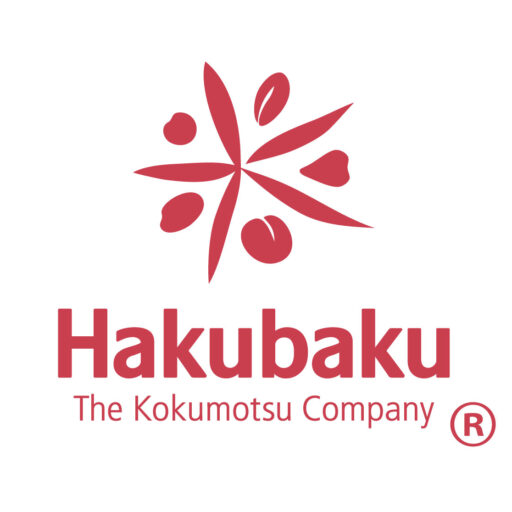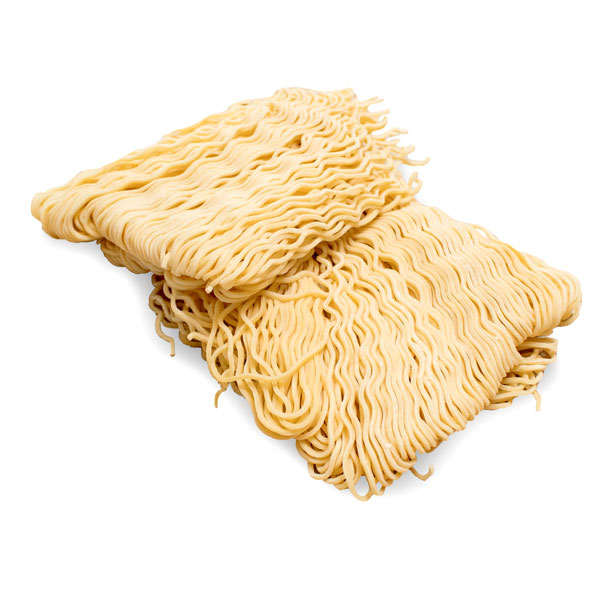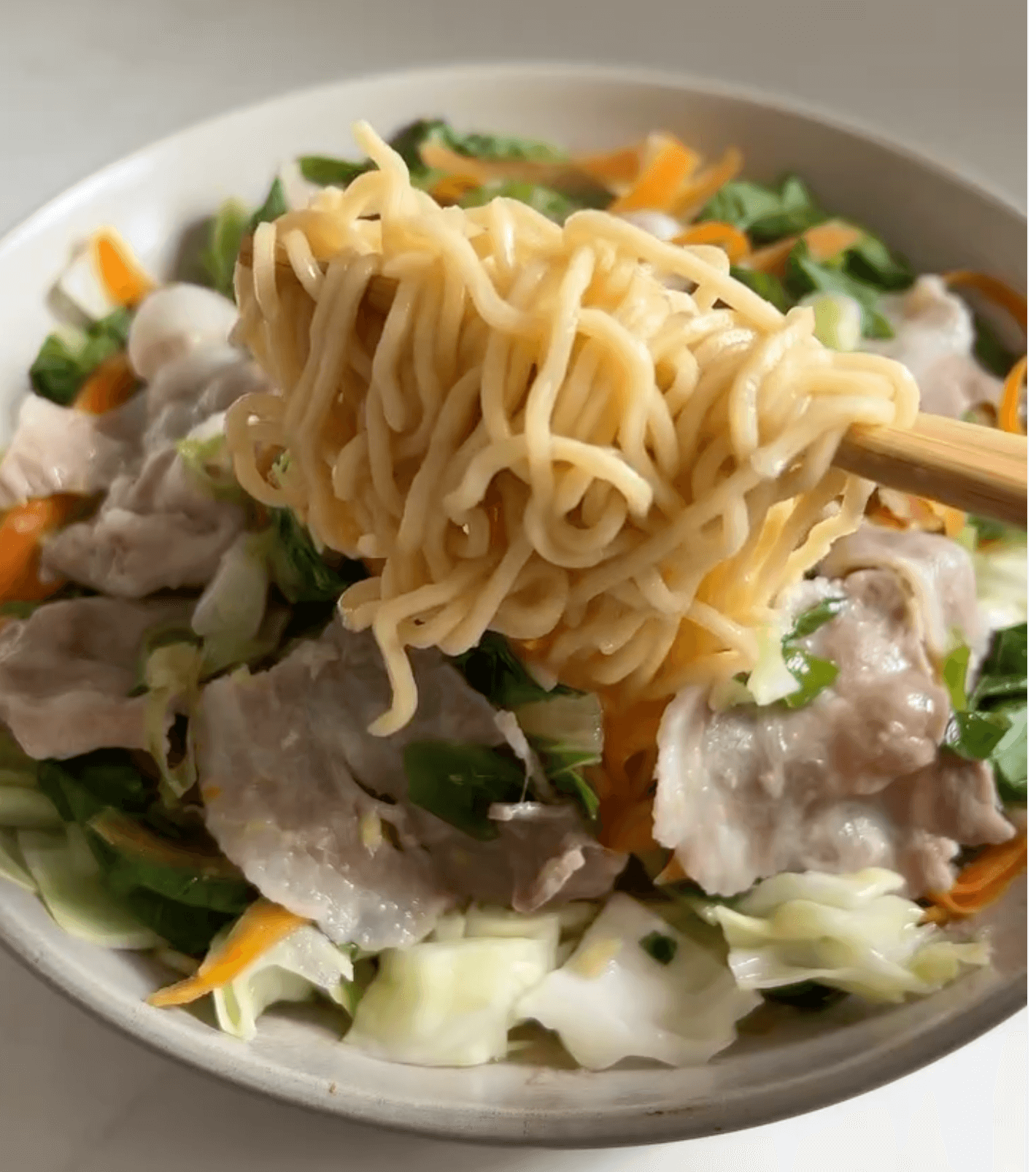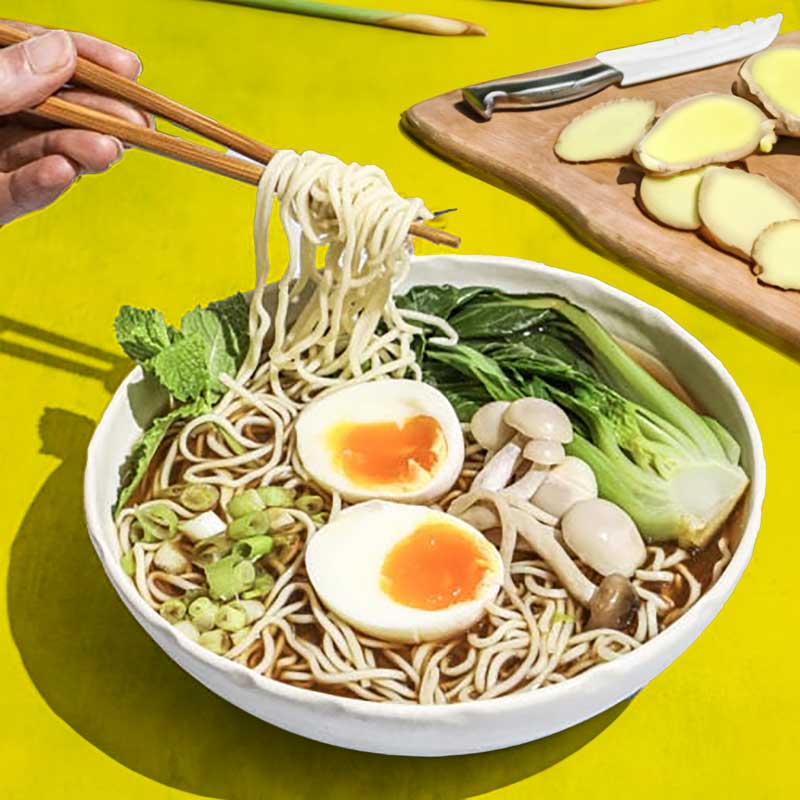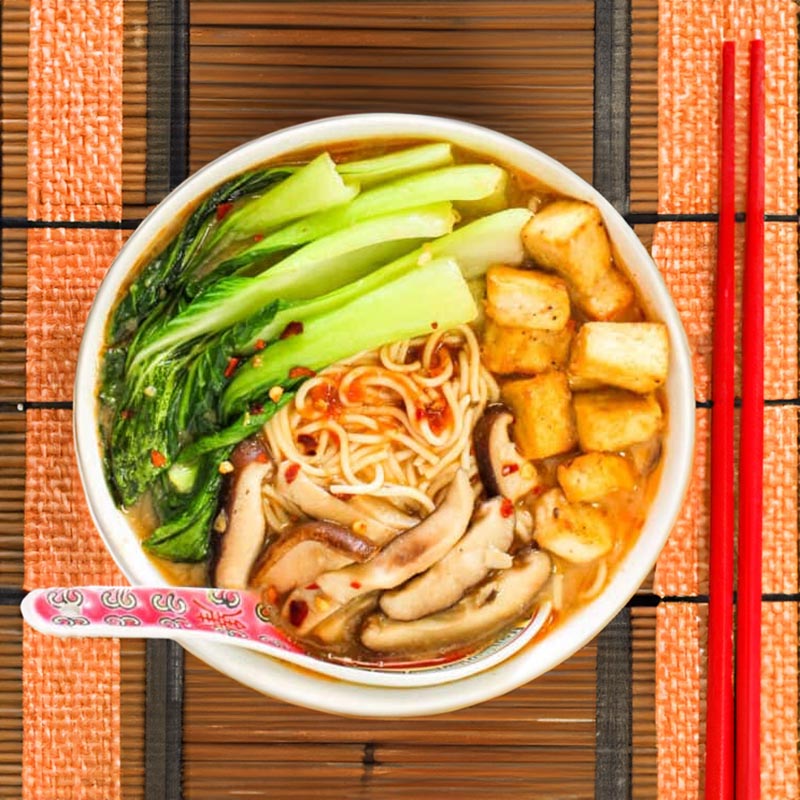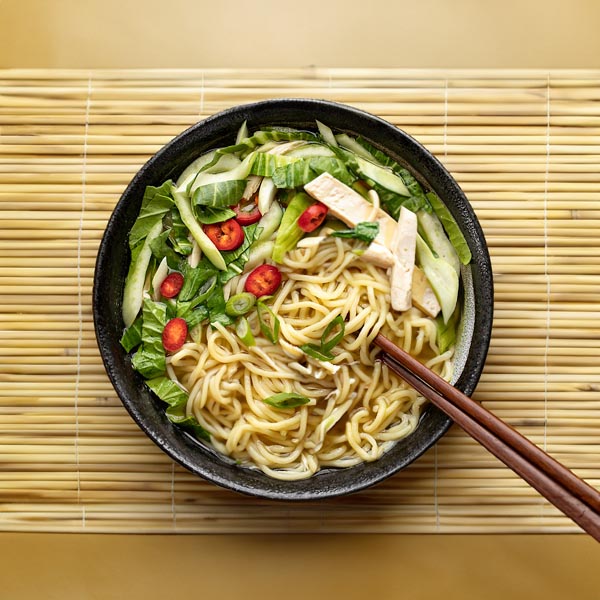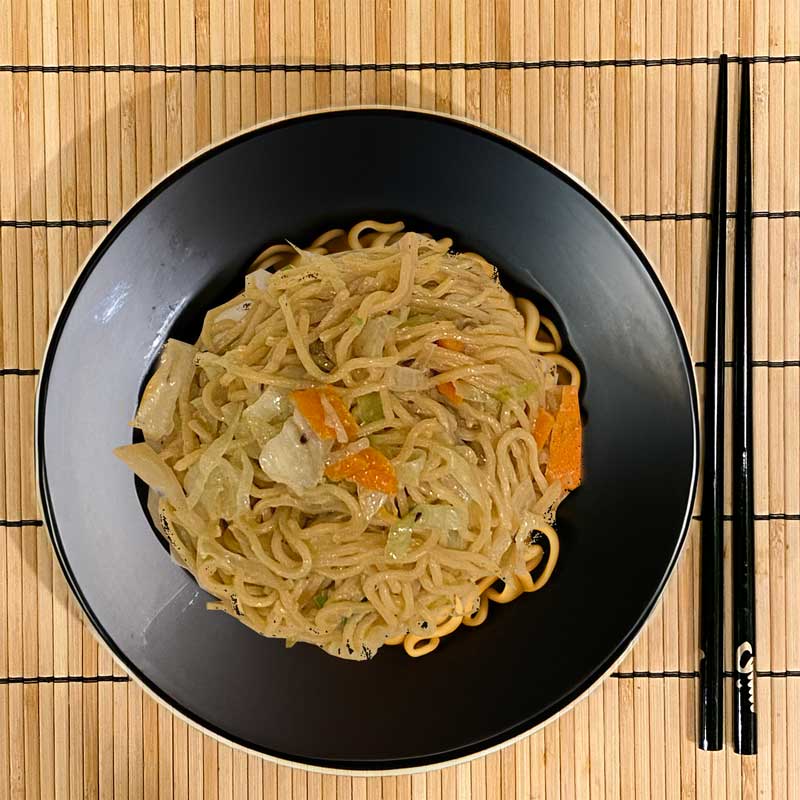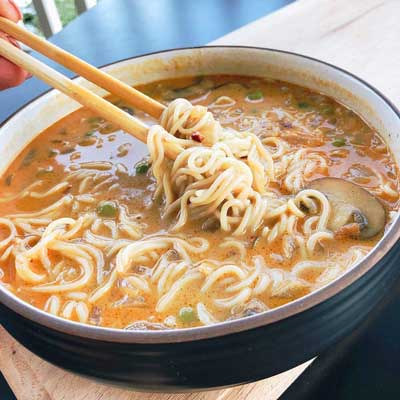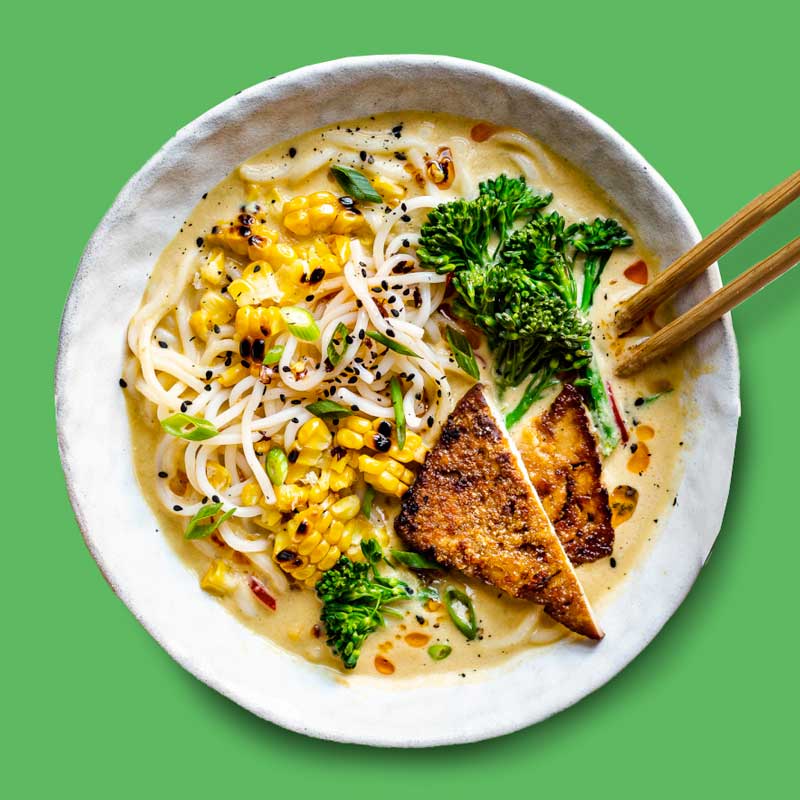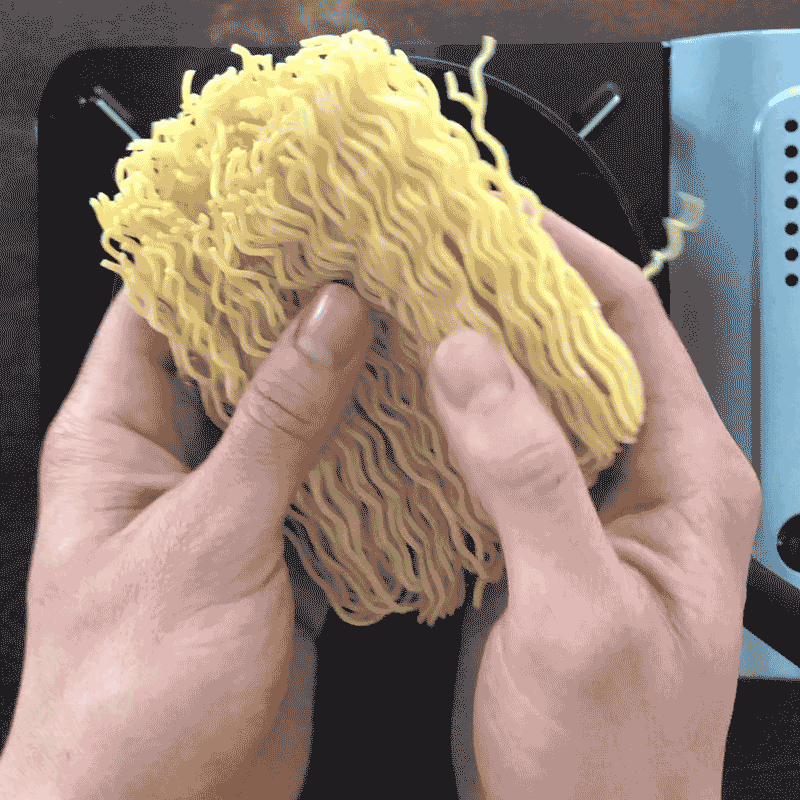
Looking for a lesson on cooking ramen noodles perfectly? You have come to the right place because we have the details and techniques to cook the best noodles. You can use this guide to either cook Japanese ramen or semi-dried ramen like our authentic Japanese ramen noodles. Therefore, we have created this simple guide on how to cook ramen noodles.
Consumers continue to demand more authentic options, businesses are listening and responding. Some of these companies just so happen to be instant ramen purveyors that also fry their noodles prior to packaging.
Some like Hakubaku, craft easy-to-make noodles with real ingredients and no artificial preservatives. The flavor and efficiency remain, but the ingredients are now elevated, with authentic Shoyu and Tokotsu broth and elevated soft noodles.
Soft authentic Japanese ramen noodles
In our primer on how to cook ramen noodles, we should first distinguish what makes up good ramen noodles. Authentic ramen should be produced with wheat meant for noodles.
In Japan, the finest wheat is grown in the proper soil with the right water made for growing wheat. This keeps the wheat at proper alkalinity for a better-tasting noodle.
Kansui makes the difference
Authentic Japanese noodles are made with egg whites and an ingredient called Kansui. Kansui is alkaline water that gives ramen noodles a yellow color and makes them more elastic than ordinary noodles. Traditionally this water was pulled from wells centuries ago as the water percolated through porous rock. Kansui has the mineral content that makes the noodle stand up to hot soup and keep their taste throughout the meal.
Prepare the cooking pot

As a guideline, it should be big enough to hold 10 times the weight of noodles you’re about to cook. If you’re cooking noodles in a small amount of water, when you throw in noodles, the noodles lower the temperature of the cooking water so low that they don’t cook well.
The temperature of cooking water needs to be at a boiling point to cook noodles well. (The water needs to be at rolling boiling.) The best way to cook ramen is to use a strainer containing and boiling the noodles.
Soft or hard texture?
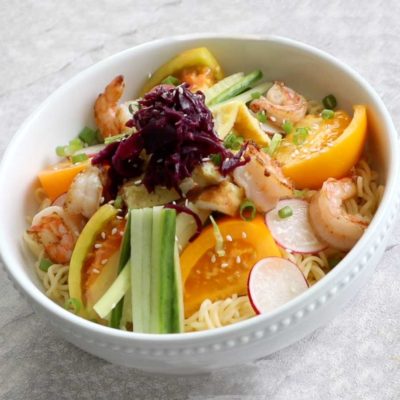
We aren’t talking about mushy versus fried here- but more so the firmness of the noodle once cooked. Its important to have a rolling boil in your pot and stir the noodles to even out the cooking process. The goal is to keep a rolling boil in the pot for proper cooking.
Cook to the 2:00 minute mark for a firm noodle. This may be best if you like a certain firmness from the noodle. Cooking just 30 seconds more (2:30 – 3:00 minutes) will give you a softer noodle. Fried and dried hard noodles have only one type of texture- mush. They are not made of high-quality ingredients so tend to soak up too much water.
For hot soup noodles, because noodles are cooked while topped and served in hot soup, we have to boil the noodles a bit harder. If you’re cooking cold dishes like Tsukemen, or Hiyashi Chuka cold ramen you need to wash and chill the noodles in cold water. Therefore, you need to cook these types of noodles longer to be softer.
Straining the cooked noodles
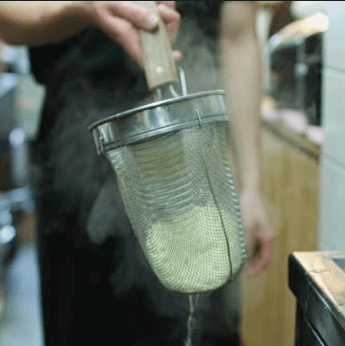
When we take noodles out of the pot, we should strain as much cooking water off noodles as possible because cooking water remaining on noodles dilutes your soup. Using a strainer, shake the water off the noodles by tossing and catching gently to shake off the water.
Typically noodles go immediately into the bowl topped by hot ramen broth and your favorite toppings. This is the typical ramen experience that you can do at home!
It’s the little things that make great ramen
The preparation of your noodles is a very small detail- but yields big results. Cooking ramen noodles is critical because it makes your delicious ramen taste bad if done in the wrong way. So, please keep these tips in mind when cooking your noodles next time.
You should now be able to serve great-tasting ramen noodles. With proper information and techniques, you can be a noodle master too!
SHOP NOW for your next bowl of ramen!
Check out these recipes for your next bowl of ramen!
Tag us @hakubakuus #hakubakuus and follow us on Instagram, Facebook or Twitter today!
